The quest for achieving the perfect cornbread texture is one that combines both art and science, especially for seasoned kitchen professionals. The key to this lies in understanding the best batter consistency, which can significantly affect the final product's crumb, moisture, and overall appeal. In this article, we delve deep into the nuances of creating cornbread that not only looks appealing but also excites the palate.
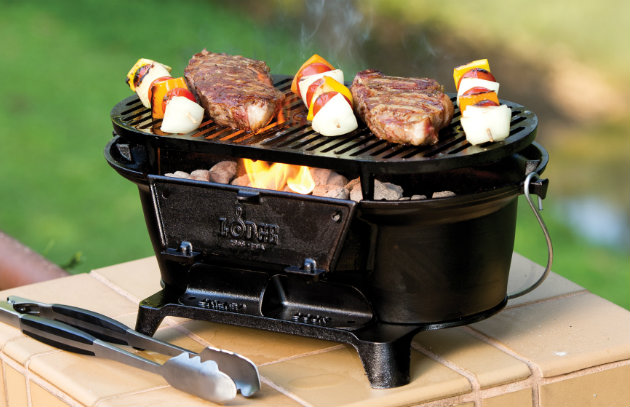
Understanding the Fundamentals of Cornbread Batter
To create the ideal cornbread, it's important to grasp the basics of batter consistency. The term 'batter' generally refers to a mixture of flour and liquid, but within this simple definition lies a wealth of intricacies. The perfect cornbread batter should be thick yet pourable, moist yet not runny. Professionals know that striking the right balance is crucial to prevent the end product from being too dense or too dry.
Ingredients Impacting Batter Consistency
Several ingredients affect your cornbread's batter consistency:
1. Flour and Cornmeal Proportions
A critical element is the proportion of flour to cornmeal. While cornbread is known for a higher concentration of cornmeal, the inclusion of flour adds gluten, which impacts the texture. Too much flour results in a cake-like texture, whereas scant flour can make it crumbly.
2. Liquid Choices
Traditionally, buttermilk is the liquid of choice, known for its tang and ability to create tender middle. Alternatives such as milk or water can alter the final consistency, often leading to variations that might not be desirable for those seeking authentic cornbread texture.
Skills for Achieving Ideal Consistency
Professional chefs appreciate that technique is as crucial as the ingredient list. Here are two major tips:
1. The Gentle Mix
Over-mixing the batter can activate the gluten in flour, resulting in tougher cornbread. Stir gently until the batter just comes together, leaving a few lumps to ensure tender texture.
2. Baking with Precision
Once the batter consistency is perfected, the transfer to a well-prepared baked environment defines the texture. Preheating the baking dish is essential, as it helps in achieving crispy edges and a delightful crumb.
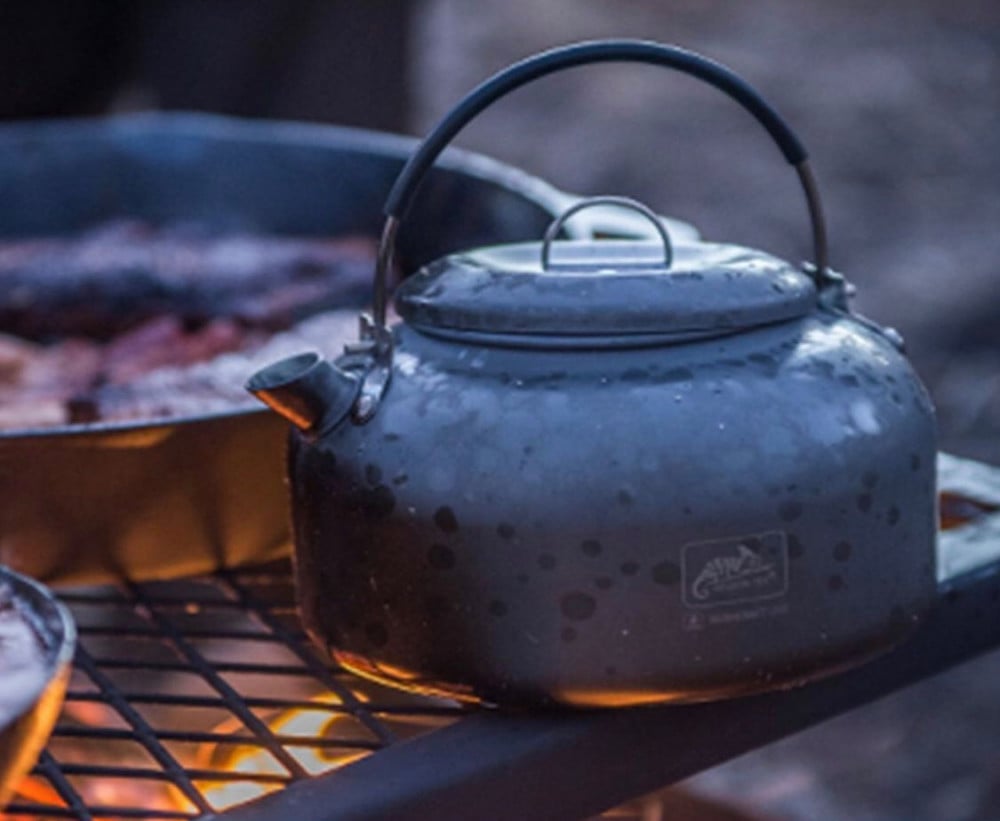
Frequently Asked Questions
Why is my cornbread dry?
Dryness can result from incorrect flour to cornmeal ratio, insufficient liquid, or over-baking.
Can I use water instead of milk?
Using water can make the batter too runny and alter the flavor, which is why milk or buttermilk is recommended.
How should the batter feel?
The batter should be thick enough to hold its shape but pourable enough to spread evenly in the baking pan.
Refining your skills in mastering cornbread texture through batter consistency not only elevates your culinary prowess but also celebrates the rich tradition behind this beloved dish. Explore more techniques on optimizing your kitchen skills and culinary history, keeping your cooking up to high professional standards.
For more information on achieving culinary perfection in other dishes, visit our expertise guides cleaning techniques and seasoning skills that benefit every kitchen professional.
This article contains affiliate links. We may earn a commission at no extra cost to you.

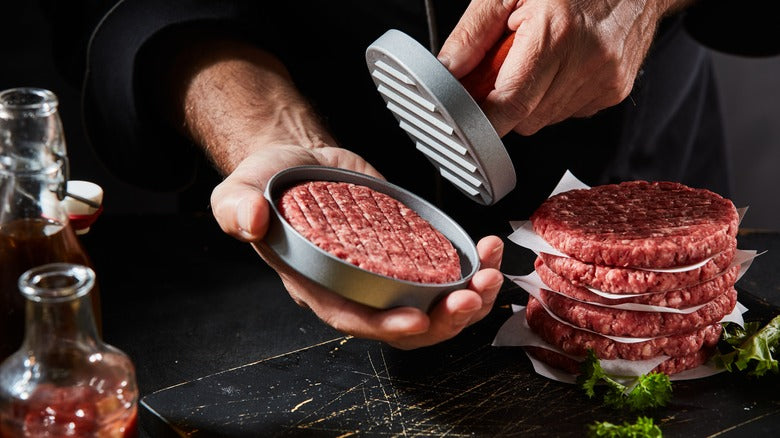


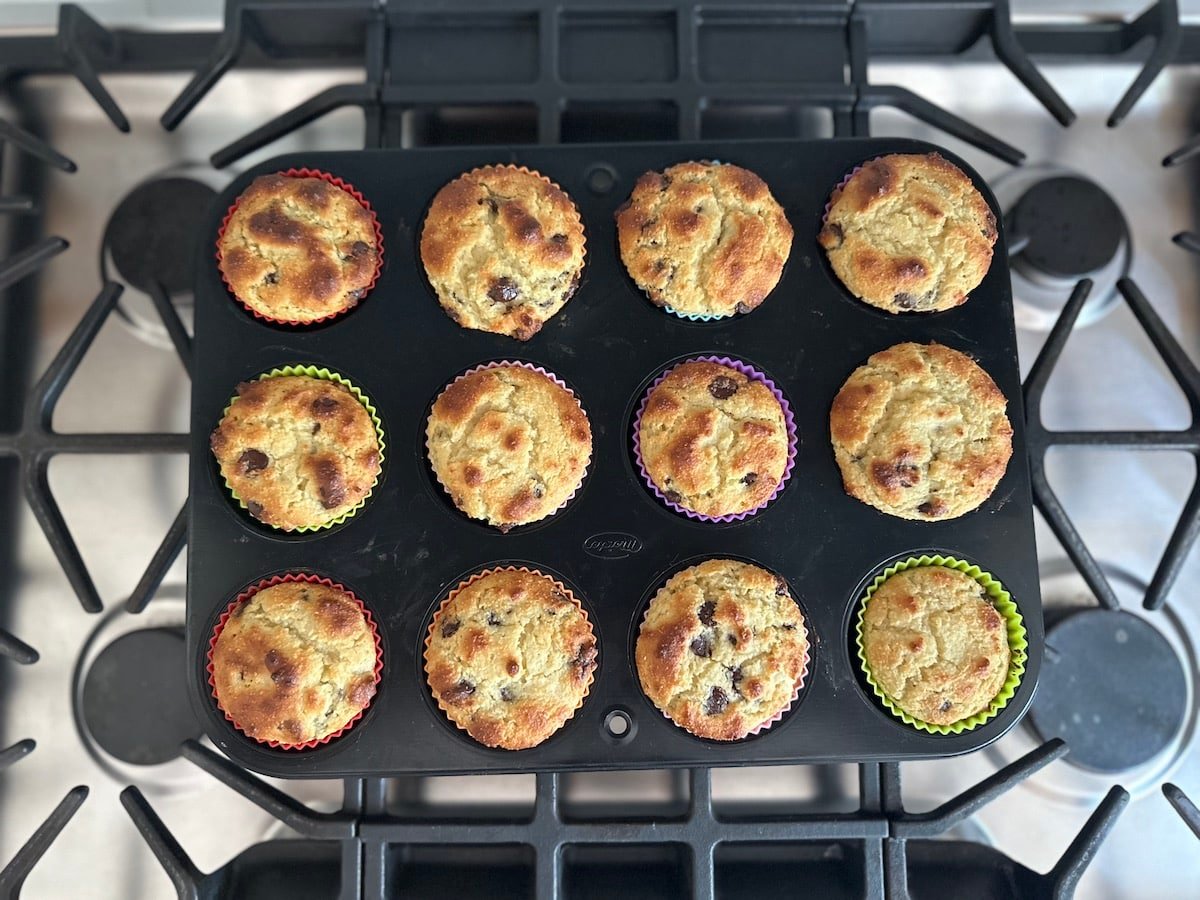
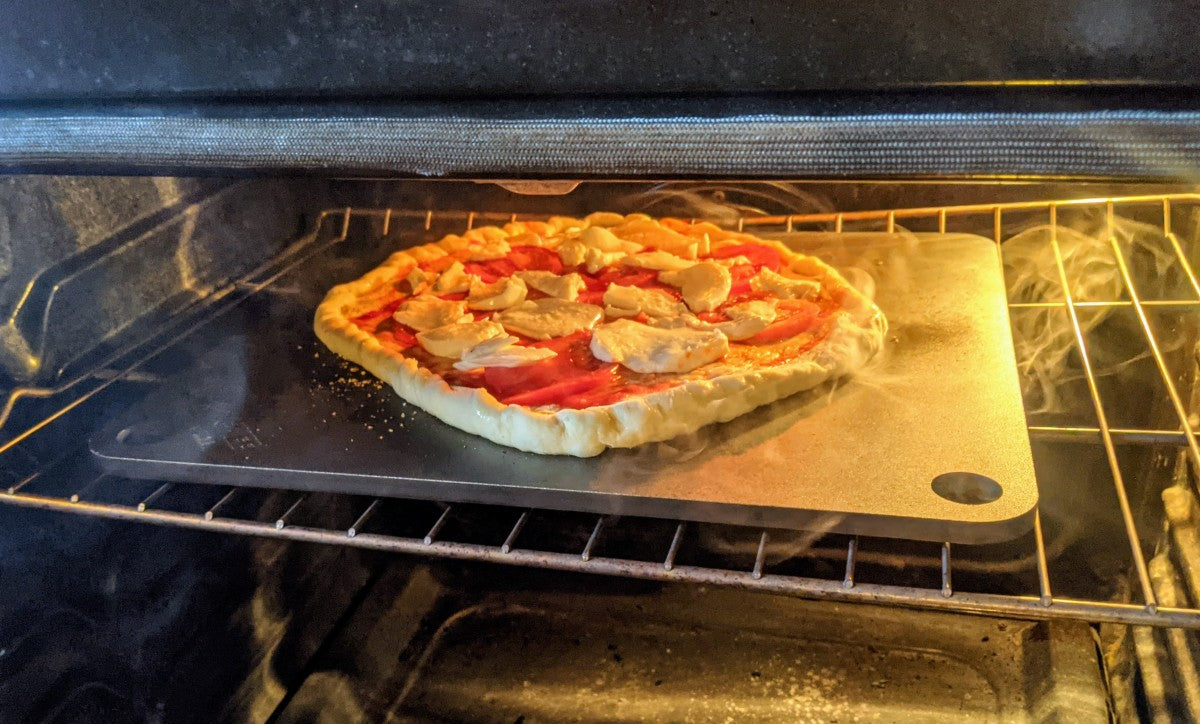
Leave a comment
This site is protected by hCaptcha and the hCaptcha Privacy Policy and Terms of Service apply.